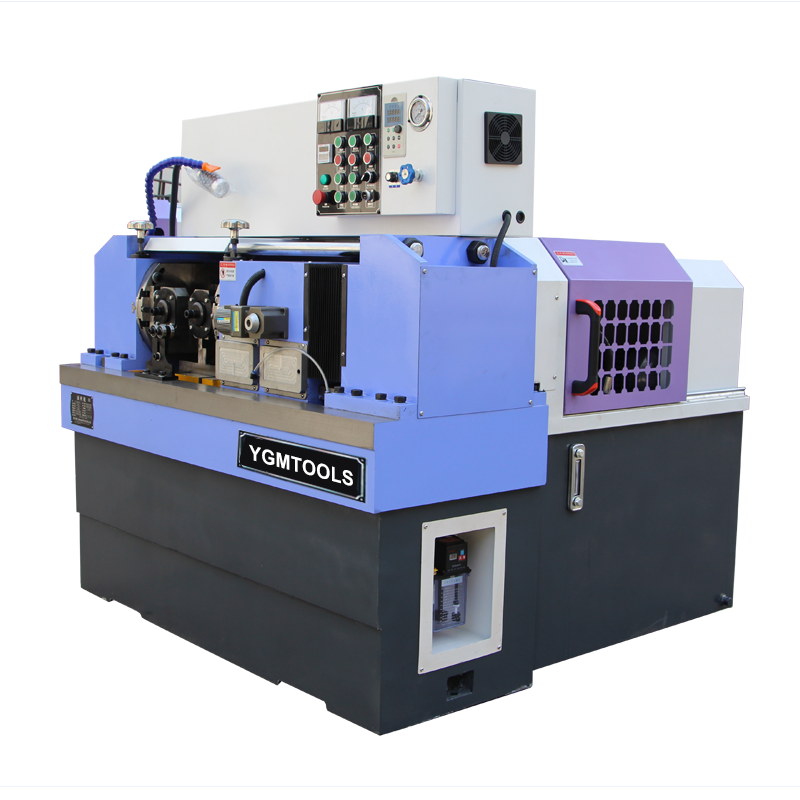
-
 Afrikaans
Afrikaans -
 Albanian
Albanian -
 Amharic
Amharic -
 Arabic
Arabic -
 Armenian
Armenian -
 Azerbaijani
Azerbaijani -
 Basque
Basque -
 Belarusian
Belarusian -
 Bengali
Bengali -
 Bosnian
Bosnian -
 Bulgarian
Bulgarian -
 Catalan
Catalan -
 Cebuano
Cebuano -
 Corsican
Corsican -
 Croatian
Croatian -
 Czech
Czech -
 Danish
Danish -
 Dutch
Dutch -
 English
English -
 Esperanto
Esperanto -
 Estonian
Estonian -
 Finnish
Finnish -
 French
French -
 Frisian
Frisian -
 Galician
Galician -
 Georgian
Georgian -
 German
German -
 Greek
Greek -
 Gujarati
Gujarati -
 Haitian Creole
Haitian Creole -
 hausa
hausa -
 hawaiian
hawaiian -
 Hebrew
Hebrew -
 Hindi
Hindi -
 Miao
Miao -
 Hungarian
Hungarian -
 Icelandic
Icelandic -
 igbo
igbo -
 Indonesian
Indonesian -
 irish
irish -
 Italian
Italian -
 Japanese
Japanese -
 Javanese
Javanese -
 Kannada
Kannada -
 kazakh
kazakh -
 Khmer
Khmer -
 Rwandese
Rwandese -
 Korean
Korean -
 Kurdish
Kurdish -
 Kyrgyz
Kyrgyz -
 Lao
Lao -
 Latin
Latin -
 Latvian
Latvian -
 Lithuanian
Lithuanian -
 Luxembourgish
Luxembourgish -
 Macedonian
Macedonian -
 Malgashi
Malgashi -
 Malay
Malay -
 Malayalam
Malayalam -
 Maltese
Maltese -
 Maori
Maori -
 Marathi
Marathi -
 Mongolian
Mongolian -
 Myanmar
Myanmar -
 Nepali
Nepali -
 Norwegian
Norwegian -
 Norwegian
Norwegian -
 Occitan
Occitan -
 Pashto
Pashto -
 Persian
Persian -
 Polish
Polish -
 Portuguese
Portuguese -
 Punjabi
Punjabi -
 Romanian
Romanian -
 Russian
Russian -
 Samoan
Samoan -
 Scottish Gaelic
Scottish Gaelic -
 Serbian
Serbian -
 Sesotho
Sesotho -
 Shona
Shona -
 Sindhi
Sindhi -
 Sinhala
Sinhala -
 Slovak
Slovak -
 Slovenian
Slovenian -
 Somali
Somali -
 Spanish
Spanish -
 Sundanese
Sundanese -
 Swahili
Swahili -
 Swedish
Swedish -
 Tagalog
Tagalog -
 Tajik
Tajik -
 Tamil
Tamil -
 Tatar
Tatar -
 Telugu
Telugu -
 Thai
Thai -
 Turkish
Turkish -
 Turkmen
Turkmen -
 Ukrainian
Ukrainian -
 Urdu
Urdu -
 Uighur
Uighur -
 Uzbek
Uzbek -
 Vietnamese
Vietnamese -
 Welsh
Welsh -
 Bantu
Bantu -
 Yiddish
Yiddish -
 Yoruba
Yoruba -
 Zulu
Zulu
thread rolling machine working service
The Working Mechanism and Service of Thread Rolling Machines
Thread rolling machines play a crucial role in the manufacturing sector, particularly in the production of fasteners and other threaded components. These machines facilitate the creation of threads on a variety of materials, significantly enhancing the efficacy and quality of the end products. Understanding the working mechanism and the service provided by thread rolling machines can help manufacturers optimize their production processes, reduce costs, and improve product quality.
Working Mechanism of Thread Rolling Machines
Thread rolling is a cold-forming process that involves shaping the workpiece into threaded form through the application of pressure using specially designed rolling dies. The advantages of this method include improved strength of the thread, elimination of cutting waste, and a smoother surface finish compared to traditional cutting methods.
The primary components of a thread rolling machine include the worktable, rolling dies, hydraulic or mechanical drive systems, and a control panel. The process begins by placing a cylindrical workpiece between two rotating dies. These dies come together and apply pressure on the workpiece, causing the material to flow and take on the shape of the die's thread profile. The rollers can be designed for various thread sizes and shapes, allowing for customization based on specific production needs.
The machine operates either in a flat or cylindrical configuration, catering to different types of thread profiles. Flat thread rolling machines are often used for large, flat workpieces, while cylindrical machines handle smaller rods or shafts. Additionally, the choice between a mechanical or hydraulic drive system depends on the required force and production speed. Hydraulic systems provide greater flexibility and can handle more complex threading tasks, whereas mechanical systems are typically faster and less expensive.
Service and Maintenance of Thread Rolling Machines
Regular service and maintenance of thread rolling machines are essential to ensure optimal performance and longevity
. Proper maintenance practices not only help prevent unexpected breakdowns but also enhance the quality of the threaded products produced. Here are some key service aspects to considerthread rolling machine working service

1. Routine Inspections Regular inspections should be conducted to identify any wear and tear in the machine components. This includes checking the rolling dies for damage, ensuring the worktable is aligned, and looking for signs of hydraulic leaks or fluid degradation in hydraulic systems.
2. Lubrication Proper lubrication is critical in reducing friction and preventing overheating. All moving parts, including the die bearings and the drive mechanism, should be adequately lubricated according to the manufacturer's specifications.
3. Calibration Machines need to be calibrated regularly to ensure that the thread dimensions meet industry standards. Adjustments may be necessary as the dies wear down over time or if the machine is used for different threaded profiles.
4. Training for Operators Adequate training for operators is vital for the safe and efficient operation of thread rolling machines. Operators should understand the machine's capabilities and limitations, as well as the necessary precautions to prevent accidents and damage.
5. Replacement Parts Having a strategy for replacing worn-out parts is crucial. Critical components such as rolling dies, belts, and hydraulic seals should be replaced as needed to maintain consistent production quality.
6. Technical Support Manufacturers should have access to technical support for troubleshooting problems and obtaining spare parts. Establishing a relationship with a reliable service provider can significantly reduce downtime in case of machine failure.
In conclusion, thread rolling machines are indispensable in the production of high-quality threaded components. By understanding their working mechanism and prioritizing routine maintenance and operator training, manufacturers can maximize the efficiency and lifespan of these machines. By investing in proper service practices, companies can enhance production capabilities, ultimately leading to higher quality products and improved customer satisfaction. Whether in automotive, aerospace, or industrial manufacturing, the role of thread rolling machines remains pivotal in meeting the demands of modern engineering.
